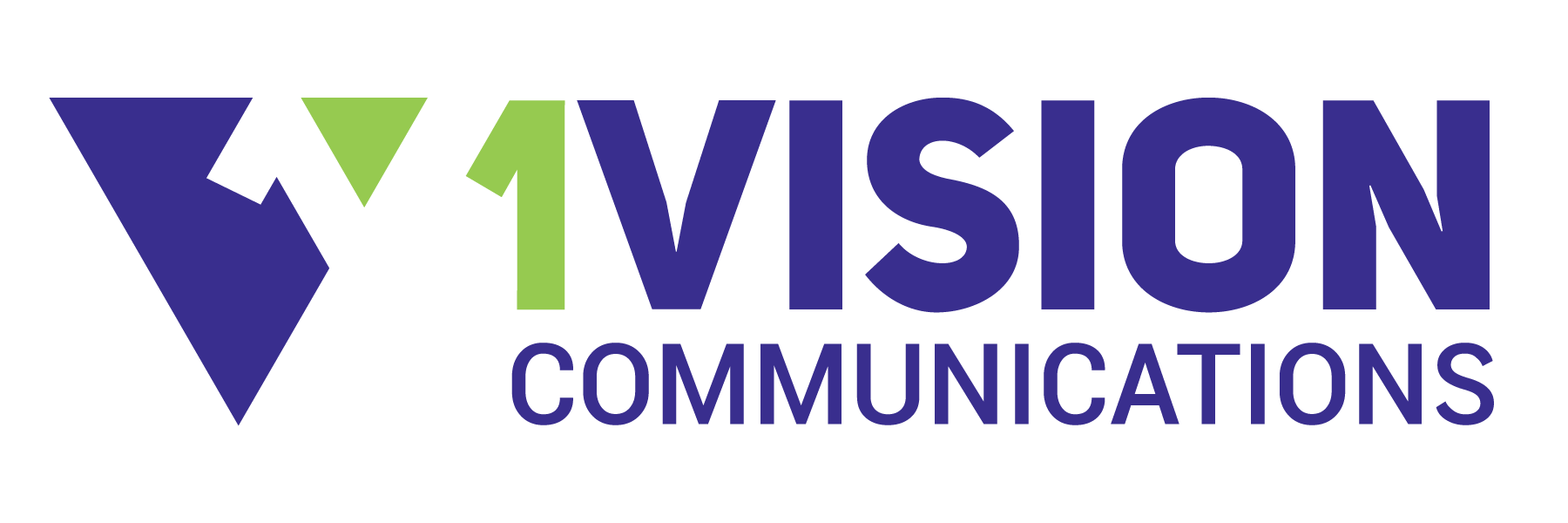By Blake Conover
•
August 13, 2025
I struggled with blog title more than all the others in the series—combined! How do I succinctly, yet powerfully encapsulate that this one item, which is an accumulation of disparate, grassroots actions, may be the most important to your marketing—even if you represent a multi-national brand? Every company or nonprofit has a community. I’m not just talking about physical geography, although that may pertain. The community most important to you is the group of people who specify, donate, buy, use, or influence the purchase of your product or service. Building long-term, unbreakable relationships with them is essential for long-term success. Nothing—no ad series, social media campaign, or sales gimmick, no matter how well-constructed—can compare to the importance of connecting with your target audience on a personal level. You have the opportunity to establish trust and credibility through every interaction and every step in the customer journey. Here are a few examples. Think about your own situation while you read. Conagra Brands Conagra Brands, with products like Healthy Choice and Marie Callender's, through its Foundation, focus on alleviating food insecurity by supporting nonprofits that provide access to nutritious food, nutrition education, and healthy lifestyle programs. In 2023, Conagra donated over 30 million pounds of food to Feeding America and its network of food banks. ITW (Illinois Tool Works) ITW, a diversified manufacturer, has partnered with United Way in their local communities for over seven decades, investing an average of $6.1 million annually over the last five years. Their employees actively participate in local initiatives, contributing both time and financial resources. Procter & Gamble (P&G) P&G, the parent company of brands like Tide and Pampers, provides essential products to those facing challenging circumstances. They collaborate with organizations to distribute to ‘their’ communities in need (think hurricanes, floods, fire, etc.), ensuring that their products reach individuals who can benefit from them the most. Nike Nike collaborates with over 200 organizations worldwide to bring sports opportunities to young people, aiming to address inequality and promote active lifestyles. Yes, we’re talking about the local events, sponsorships, and collaborations. Those pesky community festivals, or sponsorships of a local sports team, or presentation to a local garden club help create meaningful connections that drive brand loyalty and customer engagement. Each is a small incremental step, but we often fixate on the destination and not the all-important sustained journey. As you become an integral part of your local community, you can achieve your business objectives and become a trusted brand/friend for generations. https://www.with1vision.com/about-us#OurInvolvement



